The Gift of South Dakota
Subscriptions to South Dakota Magazine make great gifts!
Subscribe today — 1 year (6 issues) is just $29!
What's the Limit on a Bishop Hunt?
Oct 16, 2012
My neighbor claims to have started his own church: SOW, which stands for Saints of the Outdoor World. His collection plates aren’t real great, but attendance spikes on Sundays in the fall — about the time of the duck and pheasant openers. In our neighborhood, we understand that hunting is a religious experience.
For Catholics in eastern South Dakota, hunting is embedded in our faith. Seriously. There is a stained glass window in St. Joseph’s Cathedral that depicts a hunter. The bishops assigned to this diocese have embraced the relationship. It’s not likely that there are many dioceses in America where funds are raised for seminarian education by arming the faithful and sending them out in the field to put wings and lead in the air. But in South Dakota, it makes perfect sense. This past month, the 17th Bishop’s Annual Charity Hunt was held at the Horseshoe K Ranch near Gann Valley.
HISTORY and LOCATION
The hunt was started in 1996 by Miller businessmen Jim Hart and Dr. Wayne Carr. In the early years there were a few dozen hunters at Carr Farms, under the spiritual — if not hunting — direction of then Bishop Robert Carlson. Bishop Carlson took up pheasant hunting later in life, when his papal assignment landed him in South Dakota. He became an avid hunter — at one point threatening (tongue in cheek) to put his Bishop’s Hunt head-to-head against Bill Janklow’s Governor’s Hunt for want of an invitation to that South Dakota ritual.
Over time, as the hunt grew, its location moved to venues that could accommodate larger and larger groups. Korzan’s near Kimball were gracious hosts for several years. Most recently, the Grohs family has extended their hospitality to the event at their Horseshoe K Ranch.
“BE SAFE OUT THERE”
In 2006 Bishop Paul Swain took over the reins of the Sioux Falls diocese, coming from Madison, Wisconsin. Bishop Swain was a former military officer, practicing attorney, and advisor to a governor — but never a hunter. His first experience with pheasant hunting was to host and participate in the hunt that he inherited with the office.
Now for your average non-South Dakotan, the concept of a pheasant hunt is more than a little strange. Think about it. You tell them that they can be a “blocker” or a “walker.” The walkers will carry their shotguns and start at one end of the field — walking towards the blockers. When a pheasant gets up, which it will between the blockers and the walkers, they are told to shoot it. To the uninitiated, at first blush it seems that they are being told — unbelievably — to shoot at each other. After appropriate inquiry, their worst fears are confirmed — they will be shooting at and be shot at by the rest of the group! But they are instructed to find solace in the part of the safety lecture where the hunters are all told to be careful to not shoot anybody as they put 240 pellets into the air with each pull of the trigger on their 12 gauge.
The Bishop’s Hunt starts with a Mass each morning of the two-day hunt. No hunter ever prayed as fervently as Bishop Swain that first morning of his first Bishop’s Hunt. For those fans of the old TV show Hill Street Blues, Sergeant Phil’s admonition to his officers at the end of the morning briefing to “be safe out there” had nothing on the passionate “God Bless You” that came from the lips of Bishop Swain that day — at what surely must have seemed like a pre-emptive dispensing of the Last Rites.
PURPOSE — THE SERIOUS SIDE
Through the sponsorship of organizations like Avera, Tessier’s and Muth Electric, the hunter’s registration fees and proceeds of the banquet auction, the Bishop’s Hunt generates funds. Initially the funds went to the support of the Catholic elementary school in Huron, and later the general mission of the Catholic Foundation. More recently, the funds have had a more focused purpose.
Bishop Swain came from a military background and South Dakota had many families affected by military deployment when Bishop Swain arrived here. Understanding the helplessness of a family crisis for a soldier deployed a half a globe away, he created the St. Raphael’s Fund to meet any needs of soldiers or their families — without red tape or reservations. If a soldier found out that his wife was in turmoil because a fridge had died in the home back in South Dakota, with no way to pay for it, then without regard to denomination, the fund paid for it. From the tragic to the mundane, St Raphael’s Fund is there to step in and help the families of soldiers. The hunt was so successful, within a few years the fund accumulated more money than it could spend — and the hunt took up a new mission.
Educating seminarians is a blessing — but an expensive one. For the last two years, the hunt’s goal has been to raise enough funds each year to pay for the education of one seminarian for one year.
TIES THAT BIND
Every hunt we partake in generates memories and relationships that survive and transcend that one day in the field. What hunters understand is that the hunt isn’t about killing. It is about camaraderie, it’s about an experience. Lives in houses and hallways and highways don’t create that personal bonding experience that Mother Nature presents as an opportunity out in the fields enjoying all the smells and tests and contours she has to offer. The hunt is about working with dogs and people, and facing the surprises the good Lord has created for us out there on the land. You get to know people on a hunt.
Tom Walsh would be a character in any crowd, but armed and given a field for a stage he rises to the part. Bishop Swain has recorded one pheasant kill. This writer was there to see it. The bird rose in front of the walkers, the bishop’s gun went off, the bird fell — and Tom Walsh yelled, “Nice shot, Bishop!” To this day the Bishop wonders about the smile on Tom’s face and the twinkle in his eye (and maybe the smoke from his barrel), but the seal of the confessional is absolute ... so, “nice shot, Bishop.”
Major Martin Yost was leading forces in the Middle East when Bishop Swain started the St. Raphael’s Fund. On two separate tours his service there coincided with the Bishop’s Hunt, and Captain Yost got up at 2 a.m. to appear by Skype at the hunt banquet, providing the gathered with insights into the lives of our South Dakota soldiers serving in those desert stations. Last year Major Yost, now home in South Dakota and serving full time with the Army Guard, was a guest of Bishop Swain at the hunt. This year Major Yost was last seen late at night by the bonfire, plotting with a dozen other new hunter friends on how an Occupy Blue Cloud movement had real possibilities to succeed with the right strategic deployments.
Dick Muth is one of those unassuming, polite guys that isn’t prone to talking about his accomplishments in life, which are many. Dick has been a team leader and catalyst of the hunt for many years. But in those times you get to spend with new friends around the banquet table you learn things. There was a hunter that had just returned from serving in Iraq, and Dick walked up to thank him for his service. As you listened, you heard this hunt leader relate how he understood the challenges because — right out of a small town in South Dakota — he had found himself in the jungles of Vietnam, relying on his rifle for survival. You’d never imagine that surviving that experience unquestionably shaped the work ethic and drive of a young boy that returned home to South Dakota a man. Hunts provide the opportunity to learn about the people that are about us.
A LASTING REWARD — TAKE TO THE FIELDS
So this fall, take part in the hunt. Spend time afield with friends and family. Learn something about them, your state and yourself. If you get lucky, be a part of making your hunting experience a lasting reward for some bigger purpose. Take a young person out and mentor them. Take a disabled vet out and make a down payment on repaying them. Go to a charity hunt, as you will unquestionably be blessed with more than you give. While — if you’re a hunter — you can hunt any time and save the coin, you don’t always get the opportunity to make a difference in the lives of others you share this earth with. A charity hunt is an opportunity to reap and share the bounty we have been so richly blessed with here in South Dakota.
There is one other charity hunt that my buddies and I take in each year — the Mother of God Monastery Charity Pheasant Hunt at Oak Tree Lodge near Clark. We refer to it as the “Nun Hunt,” but that’s a story for another day….
Lee Schoenbeck grew up in Webster, practices law in Watertown, and is a freelance writer for the South Dakota Magazine website.

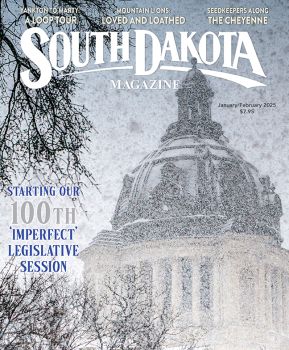
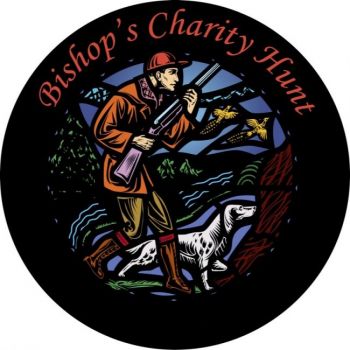
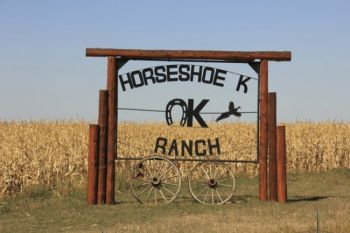
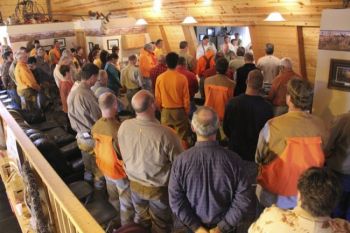
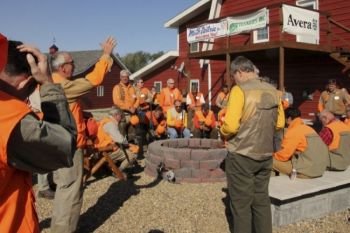
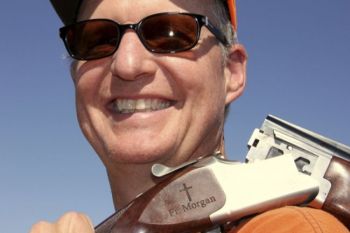
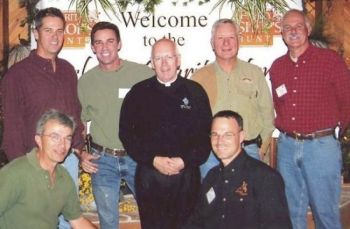
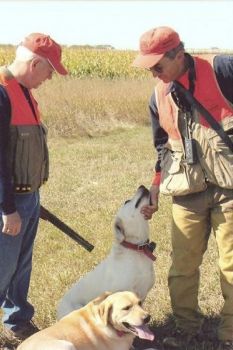
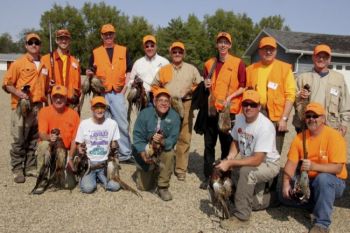
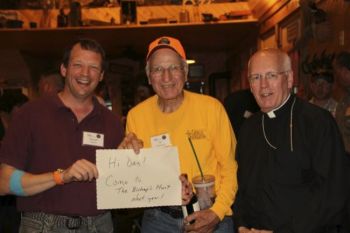
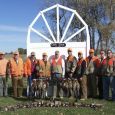

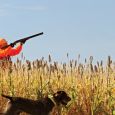
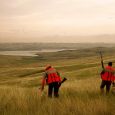
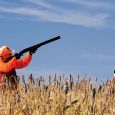
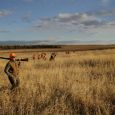
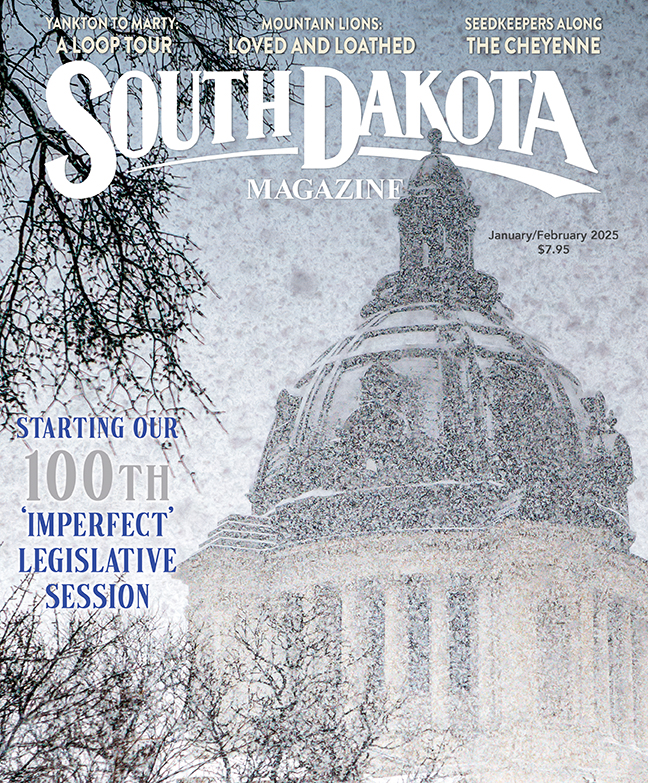

Comments